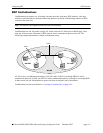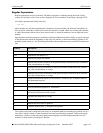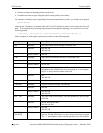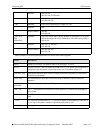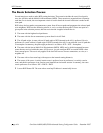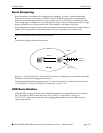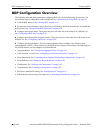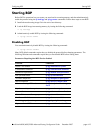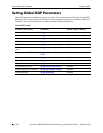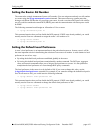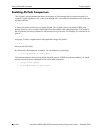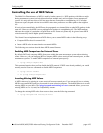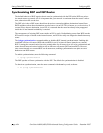
BGP Configuration Overview Configuring BGP
page 4-18 OmniSwitch 6800/6850/9000 Advanced Routing Configuration Guide December 2007
BGP Configuration Overview
The following steps and points summarize configuring BGP. Not all of the following are necessary. For
the necessary steps to enable BGP on the OmniSwitch, see “Quick Steps for Using BGP” on page 4-4.
1 Load the BGP protocol. See “Starting BGP” on page 4-19.
2 Set up router-wide parameters, such as the router’s AS number, default local preference, and enable the
BGP protocol. See “Setting Global BGP Parameters” on page 4-20.
3 Configure peers on the router. These peers may be in the same AS as the router or in a different AS.
See “Configuring a BGP Peer” on page 4-26.
4 Configure peers that operate on remote routers. These peers may be in the same AS as the router or in a
different AS. See “Configuring a BGP Peer” on page 4-26.
5 Configure optional parameters. There are many optional features available in the Alcatel-Lucent
implementation of BGP-4. These features are described in later sections of this chapter. The following is a
list of BGP features you can configure on an OmniSwitch:
• Aggregate Routes. See “Configuring Aggregate Routes” on page 4-32.
• Local networks, or routes. See “Configuring Local Routes (Networks)” on page 4-33.
• Route Dampening. See “Controlling Route Flapping Through Route Dampening” on page 4-36.
• Route Reflection. See “Setting Up Route Reflection” on page 4-40.
• Communities. See “Working with Communities” on page 4-43.
• Confederations. See “Creating a Confederation” on page 4-44.
• Policies to control BGP routing. See “Routing Policies” on page 4-45.
• Redistribution policies using route maps. See “Configuring Redistribution” on page 4-53.




